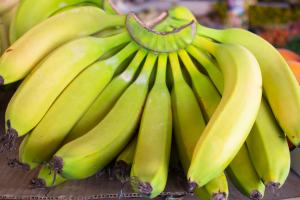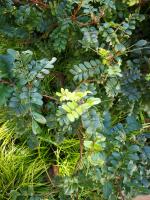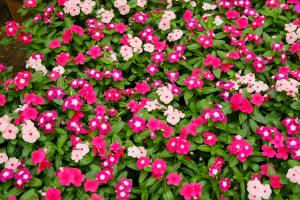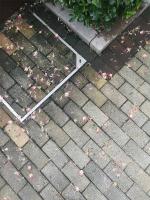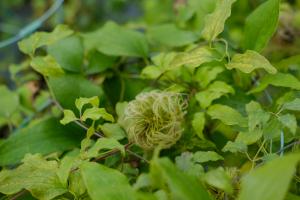When to Plant Satsuma Trees in South Georgia
Satsuma trees are a type of citrus fruit tree that produces small, sweet, and easy-to-peel oranges. They're great for growing in South Georgia as they're hardy and resilient to cold. However, if you're planning on growing these trees, it's important to know when to plant them. In this article, we'll discuss the ideal time to plant Satsuma trees in South Georgia.
The Best Time to Plant Satsuma Trees in South Georgia
The best time to plant Satsuma trees in South Georgia is in the late winter or early spring, around February or March. This is usually after the last frost of the season and before the trees start to bud. Planting at this time ensures that the trees will have plenty of time to establish their roots before the hot summer months arrive. In addition, planting in the late winter or early spring reduces the risk of frost damage to the young trees.
Preparing the Soil for Planting Satsuma Trees
Before planting your Satsuma trees, it's important to prepare the soil. Satsuma trees prefer well-draining, slightly acidic soil. They also require soil that is rich in organic matter, such as compost or aged manure. It's a good idea to test your soil's pH level before planting and make necessary adjustments. If your soil is too alkaline, you can add sulfur to lower the pH. If your soil is too acidic, you can add lime to raise the pH.
Planting Satsuma Trees in South Georgia
When planting Satsuma trees in South Georgia, it's important to choose a location that receives plenty of sunlight. The trees need at least 6 to 8 hours of direct sunlight per day to grow properly. It's also important to choose a location where the trees will have adequate drainage. Avoid planting your trees in areas where water tends to pool.
To plant your Satsuma tree, dig a hole twice as wide as the tree's root ball and around the same depth as the root ball. Place the tree in the hole and fill it with soil, gently packing it down around the tree's roots. Water the tree thoroughly after planting, and then water it regularly throughout the growing season. Be careful not to overwater the tree, as this can cause root rot.
Maintaining Your Satsuma Trees
Once your Satsuma trees are planted, it's important to maintain them properly. Water your trees regularly, but don't overwater them. Satsuma trees don't require much fertilization but benefit from occasional applications of slow-release fertilizer. Prune your trees lightly in the early spring to shape them and remove any damaged or diseased branches. Finally, protect your trees from frost damage in the winter by covering them with blankets or burlap if there is a chance of frost.
The Benefits of Growing Satsuma Trees in South Georgia
Growing Satsuma trees in South Georgia has many benefits. First and foremost, Satsumas are delicious and nutritious. They're a great source of vitamin C and make a healthy snack. In addition, Satsuma trees are hardy and easy to grow, making them a great choice for novice gardeners. Satsuma trees are also attractive and add a touch of beauty to any yard or garden. Finally, growing your own fruit trees can save you money on groceries and is a rewarding pastime.
Conclusion
Growing Satsuma trees in South Georgia is an excellent idea for anyone who wants to enjoy delicious, healthy citrus fruit from their own backyard. By planting your trees in late winter or early spring and maintaining them properly, you can ensure a bountiful harvest of sweet, easy-to-peel oranges for years to come.

 how many times do yo...
how many times do yo... how many planted tre...
how many planted tre... how many pine trees ...
how many pine trees ... how many pecan trees...
how many pecan trees... how many plants comp...
how many plants comp... how many plants can ...
how many plants can ... how many plants and ...
how many plants and ... how many pepper plan...
how many pepper plan...